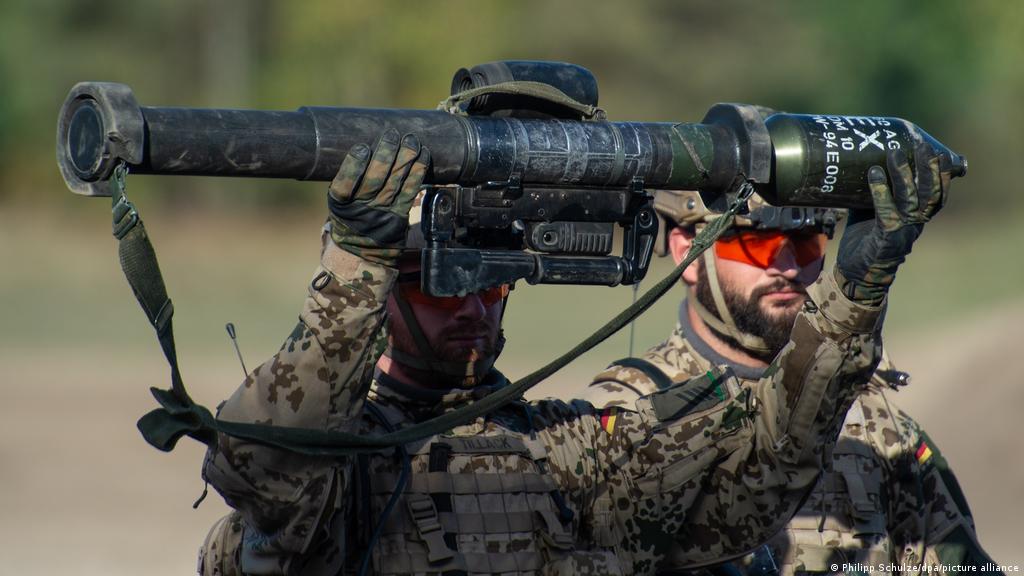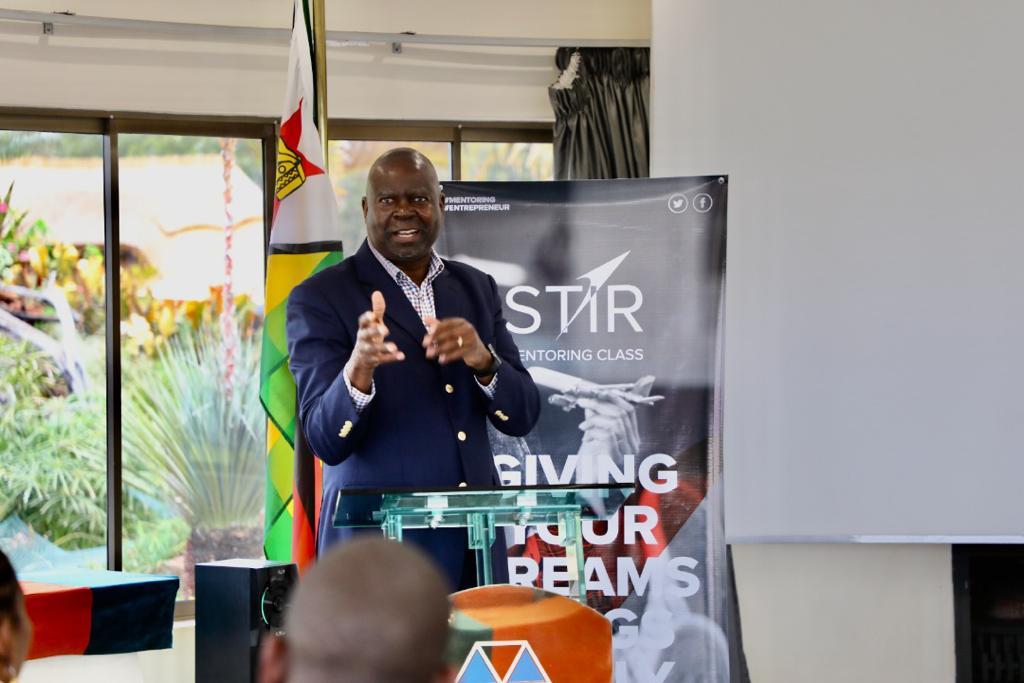
True, even the country’s main roads have treacherous stretches of pot-holed asphalt used by over-zealous or barely-trained drivers where many meet their deaths every day. But Zimbabwe also has a history of “accidents” befalling senior figures who fall out of favour with those in power.
A Zanu-PF youth leader died in December in suspicious circumstances after he crossed party bosses. A month earlier, an air force officer was injured in an attack blamed on car-jackers, but which has never been fully explained.
This makes it all the more crucial for Mr Tsvangirai’s Movement for Democratic Change (MDC) to clarify very quickly whether it fears that foul play had a role in Friday’s crash.
MDC party officials inside Zimbabwe said there were no suspicious factors. But others in the extended diaspora, perhaps able to speak more freely, immediately claimed that it was “not a genuine accident”.
The future of the Mugabe-Tsvangirai unity government – barely a month old – hinges on clarifying responsibility. Since the formation of the coalition, there has been a large measure of mistrust between both sides, born during last year’s disputed elections. The mistrust has, if anything, deepened during the first weeks of the government’s existence, heightened by repeated attempts by military and security forces to undermine it. Any suggestion that Mr Mugabe, or his party, is behind the accident, could lead to the collapse of the government.
“Really there are a lot of grey areas and this tragedy coming against this background raises a lot of questions,” said Sydney Masamvu, a Zimbabwe analyst at the International Crisis Group.
“That’s not to say that we are pointing any fingers.”
Many others, however, will be doing exactly that.-Telegraph











